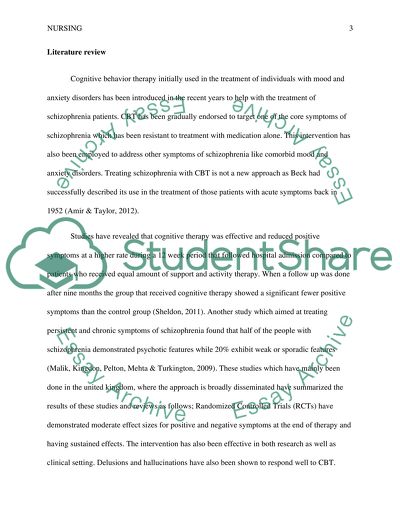Cite this document
(“Critically discuss a therapeutic intervention used in mental health Essay”, n.d.)
Retrieved de https://studentshare.org/nursing/1697443-critically-discuss-a-therapeutic-intervention-used-in-mental-health-practice-ie-cognitive-behavioural-therapy-cbt-in-schizophrenia-learning-outcomes-1-articulate-the-challenges-of-working-in-accordance-with-contemporary-mental-health-policy-guida
Retrieved de https://studentshare.org/nursing/1697443-critically-discuss-a-therapeutic-intervention-used-in-mental-health-practice-ie-cognitive-behavioural-therapy-cbt-in-schizophrenia-learning-outcomes-1-articulate-the-challenges-of-working-in-accordance-with-contemporary-mental-health-policy-guida
(Critically Discuss a Therapeutic Intervention Used in Mental Health Essay)
https://studentshare.org/nursing/1697443-critically-discuss-a-therapeutic-intervention-used-in-mental-health-practice-ie-cognitive-behavioural-therapy-cbt-in-schizophrenia-learning-outcomes-1-articulate-the-challenges-of-working-in-accordance-with-contemporary-mental-health-policy-guida.
https://studentshare.org/nursing/1697443-critically-discuss-a-therapeutic-intervention-used-in-mental-health-practice-ie-cognitive-behavioural-therapy-cbt-in-schizophrenia-learning-outcomes-1-articulate-the-challenges-of-working-in-accordance-with-contemporary-mental-health-policy-guida.
“Critically Discuss a Therapeutic Intervention Used in Mental Health Essay”, n.d. https://studentshare.org/nursing/1697443-critically-discuss-a-therapeutic-intervention-used-in-mental-health-practice-ie-cognitive-behavioural-therapy-cbt-in-schizophrenia-learning-outcomes-1-articulate-the-challenges-of-working-in-accordance-with-contemporary-mental-health-policy-guida.


